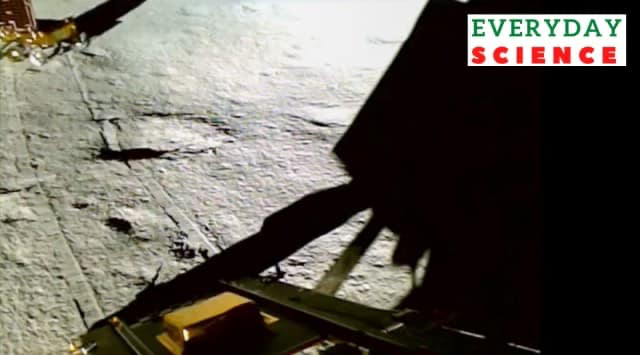Free Courses Sale ends Soon, Get It Now


Free Courses Sale ends Soon, Get It Now



Disclaimer: Copyright infringement not intended.
Context
Recent announcement by Indian Prime Minister Narendra Modi regarding the naming of the Chandrayaan-3 lunar lander's touchdown point.
Details
Chandrayaan-2's Landing Site: "Tiranga"
Authority Over Naming Lunar Sites
The Role of the International Astronomical Union (IAU)
Naming Lunar Landing Sites: The Process
IAU's Process for Naming Planetary Objects
IAU's Naming Norms for Planetary Objects
Examples of Named Lunar Features
|
PRACTICE QUESTION Q) Consider the following statements:
Select the correct statements using the codes below: (a) 1 only (b) 2 only (c) Both 1 and 2 (d) Neither 1 nor 2 Answer: B |
© 2024 iasgyan. All right reserved